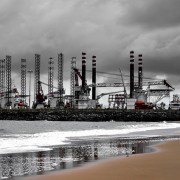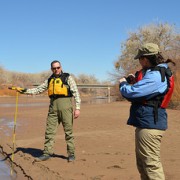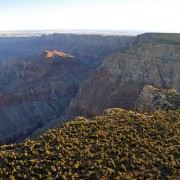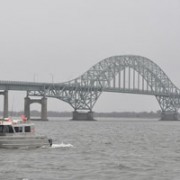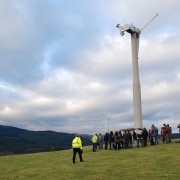Common Environmental Review Issues (And How to Fix Them)
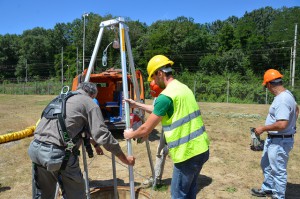 Oil and gas projects can cover a large geographical area, making environmental review issues a major area of concern. When a company doesn’t prepare to address these issues in advance, they may find themselves scrambling to address them after the project has already started, leading to major delays and budget shortages that can be hard to overcome.
Oil and gas projects can cover a large geographical area, making environmental review issues a major area of concern. When a company doesn’t prepare to address these issues in advance, they may find themselves scrambling to address them after the project has already started, leading to major delays and budget shortages that can be hard to overcome.
In this post, we’ll discuss some of the major environmental review issues that could interfere with your project and talk about how to prepare your company for these issues so they cause the least amount of complication possible.
Major Environmental Review Issues for Oil and Gas Projects
1. Wetlands Mitigation Regulations and Permitting
Getting a permit to work in or around wetlands is a very time-consuming process, so it’s important that you start thinking about what permits you might need well in advance of your project. Depending on the location, size, and scope of your project, it could take anywhere from 6 to 18 months to get your permit.
Another complicating factor is that the entire permitting process is handled by a single federal organization, the US Army Corps of Engineers (USACE). Even if you work with an environmental consulting firm, there is nothing they or anyone else can do to speed up the permitting process. The timeline for securing a permit will depend on the USACE’s schedule.
2. State Regulated Waters
Depending on what state your project is located in, you may need a permit to work around protected waters; this permit would be separate from the 404 permit that covers federal wetlands regulations. An example of this can be found in the Louisiana Scenic Rivers System.
The hard part of these regulations is knowing which bodies of waters are regulated, since the exact rules vary from state to state. Working with a partner that has an intimate knowledge of an area can be extremely helpful in this regard.
3. Well Spacing on Oil and Gas Projects
There will often be cases where you’re unable to secure a wetlands permit. In these instances, you may find yourself having to improvise by relocating a project site. In turn, this could lead to complications when a well ends up being located too far away from its assigned unit.
It’s critical to strike a balance between ensuring proper well spacing on your oil and gas project and complying with all environmental regulations.
4. Endangered Species
Your company must take the time to learn about any endangered species habitats that can be found in the area of your project site. If an endangered species does live in the area, your project will not be allowed to go ahead. It’s important to know about these situations in advance so that you can make other plans.
5. Archeological and Historical Sites
If areas of cultural or historical significance are discovered on the project site, your project will have to be shut down or relocated. These areas could include sites such as Native American mounds or cemeteries. While there may be no way to predict where these sites will be found, you can come up with a contingency plan to use in the event that such sites are found.
6. Wildlife Management Areas
Working in a wildlife management area can be very time-consuming and difficult. These areas are highly protected, and often require special clearances and notifications in order to access them. Once again, working with an environmental consulting firm can help you navigate this issue while also pursuing the satisfactory completion of your project.
To learn more about how to tackle environmental issues and avoid complications and delays, contact Landpoint today.
Image Source : USAG Livorno PAO

